Blog
Where is Canada’s Largest Nuclear Waste City and Why is it 2 Hours Outside Toronto – see here
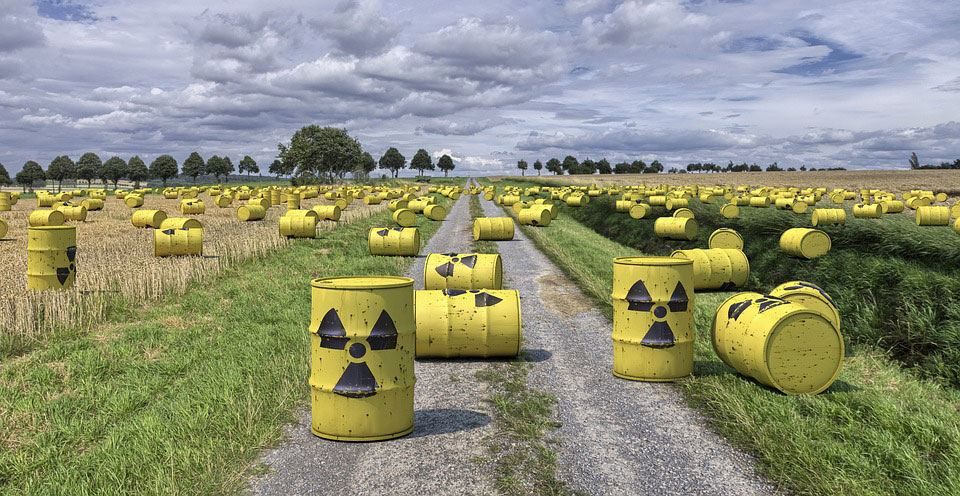
If you’ve recently watched HBO’s Chernobyl miniseries, you’ve seen the damage radiation and nuclear power can have on a community.
In Canada, a lot of community members aren’t even aware that we have nuclear waste plants and nuclear facilities located in key regions. In fact, Canada’s largest nuclear waste dump in history is only 2 hours outside of Toronto in a small municipality known as Bruce County.
Nuclear energy facilities produce nuclear waste. Coming from nuclear reactor sites in Darlington and Pickering in Ontario, Gentilly in Quebec, Point Lepreau in New Brunswick, and even Bruce County’s own Bruce Nuclear Generating Station. Bruce County is being considered by the Nuclear Waste Management Organization as the burial place for decades of power generation waste products, from the past and continued in the future.
What are Canada’s Greenest Cities and Where Does Toronto Rank – see here!

Cities like Toronto enjoy thinking of themselves as eco-friendly and environmentally advanced in comparison with other regions in Canada. But, where does Toronto actually rank in relation to similar metropolitan areas such as Calgary, Vancouver, and other Canadian strongholds? Surprisingly, Toronto may not be the greenest city Canada has.
Montreal, QC
Toronto’s sports team rival Montreal, Quebec is one of Canada’s greenest cities. Montreal became one of the first to prioritize environmental sustainability in the 1990s, has a developed transportation and cycling system, and has numerous green spaces throughout its region.
Vancouver, BC
Vancouver has a strong reputation for being environmentally-friendly. Many would agree, Vancouver is sufficiently ahead of Toronto in terms of eco-sustainability. Despite being Canada’s densest city, the city generates more than 93 percent of its electricity via sustainable resources such as hydroelectric. Vancouver is committed to building a zero waste city by 2040 and achieving 100 percent renewable energy consumption by 2050. Unlike other cities who’ve proclaimed similar things, Vancouver’s the closest to achieving it.
Read more: What are Canada’s Greenest Cities and Where Does Toronto Rank – see here!
How Do We Plan for a Safe Demolition and Excavation on an Industrial Site – read here!
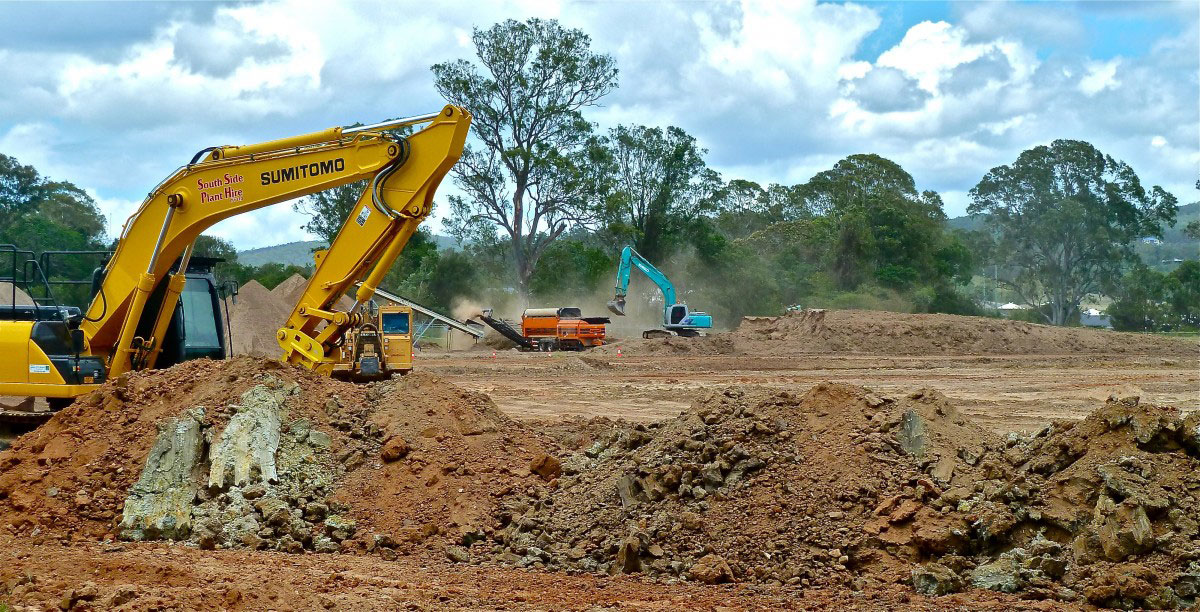
Demolition site safety is a concern for any party working in construction. Hazards are common and demolition has its own unique cluster of issues that need to be addressed prior to getting started.
To combat safety hazards on-site, Toronto demolition and excavation companies must always follow best practices and comply with the provincial regulations. Identifying and mitigating hazards could save a life. One doesn’t need to sacrifice efficiency to get it done. Thankfully, an experienced team of demolition workers won’t need this explained to them. Accurate, well-developed planning, using the right protective equipment, and ensuring workers are fully safety-trained are all important.
Every demolition is going to be a little different, depending on the structure and the nature of what’s requested. New risks can also present when there are changes to a building’s design somewhere along the construction process, alterations or adaptations to the original design, unknown weaknesses in the construction materials, or the discovery of materials like asbestos, lead, silica, beryllium, other chemicals, or heavy metals which require special handling.
Read more: How Do We Plan for a Safe Demolition and Excavation on an Industrial Site – read here!
Is ‘Deconstruction’ a more Advantageous Service than a Demolition – Here’s our Thoughts!
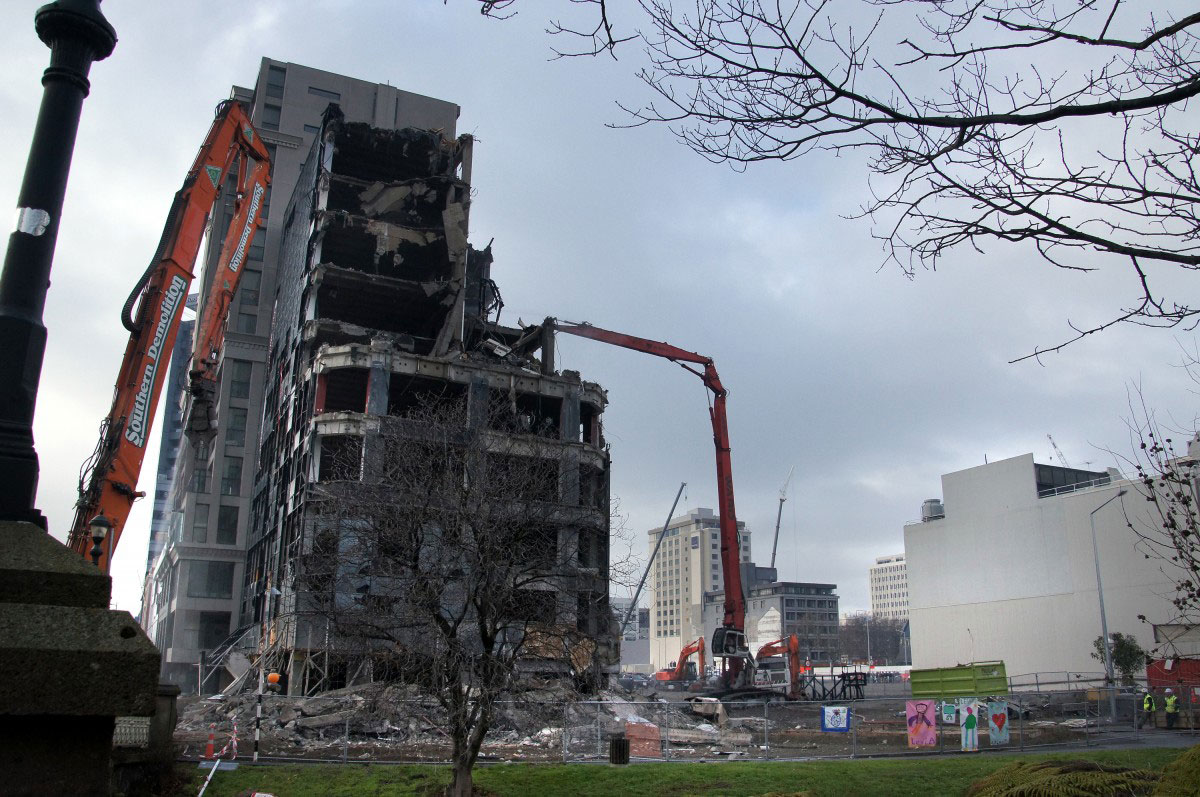
Environmental interest is at an all-time high today. People all around the world are trying to take a more mindful and less wasteful approach to nearly every aspect of their lives. Demolition is something that a lot of people might not have a direct hand in, but it’s something that happens on a regular basis. Older buildings need to be taken down to make room for new developments. Deconstruction is a more environmentally conscious approach to routine demolition. It’s a method through which the proven principles of reduce, reuse, and recycle are applied.
Traditional demolition is primarily focused on tearing down and hauling out. This was a viable solution for a long time. Seemingly endless natural resources and a lack of environmental awareness led to the dominance of simply throwing away old construction. Deconstruction in Toronto is a different approach, the careful taking down of construction such that materials can be reused. This is becoming more popular, as people come to have a deeper understanding of how resources and the environment must be managed.
Read more: Is ‘Deconstruction’ a more Advantageous Service than a Demolition – Here’s our Thoughts!
How to Gain Control over Your Waste, and the Power of Reducing and Recycling
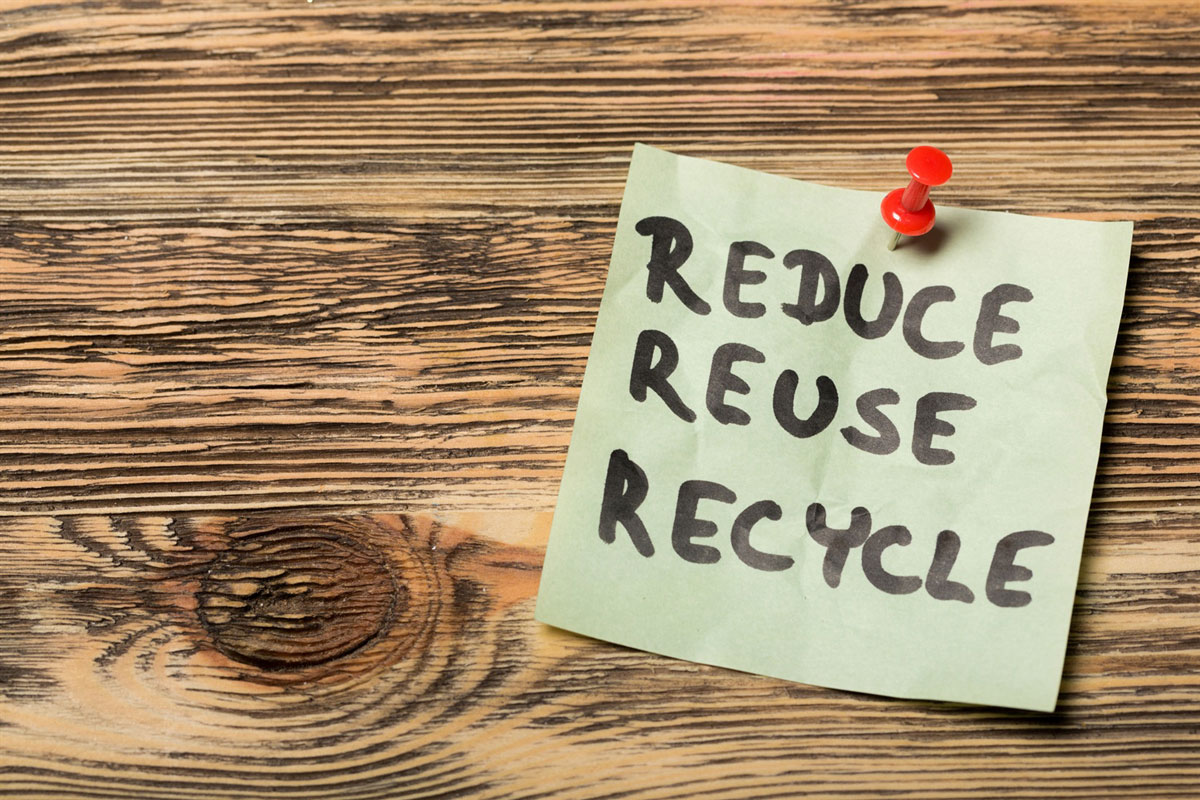
Waste disposal is a pressing concern in today’s society. Landfills are starting to fill up and it’s crucial that a great effort is made by to slow this down. There are many ways that people can reduce their trash footprint. The primary concepts for cutting down on waste are the same as they’ve always been – reduce, reuse, and recycle. These simple ideas can be applied and executed in a number of different ways, and they can be tailored to almost any waste situation. Developing a concise, achievable, and practical plan for waste disposal is a fine first step towards a greener tomorrow.
The first consideration in producing such a plan is to determine what it is that will be recycled. Identifying the places where recyclable materials are leaving to the landfill is of primary concern. Waste streams should be analyzed in order to determine that main categories that make up the bulk of the potentially recyclable waste. For many people these are paper, cardboard, and plastics. One thing to keep in mind that there are different types of plastics and not all of them are recyclable. Those that are recyclable can be further separated into different categories of plastic.
Read more: How to Gain Control over Your Waste, and the Power of Reducing and Recycling
Can You Recycle Your Mattress in Toronto – Here’s How it Works
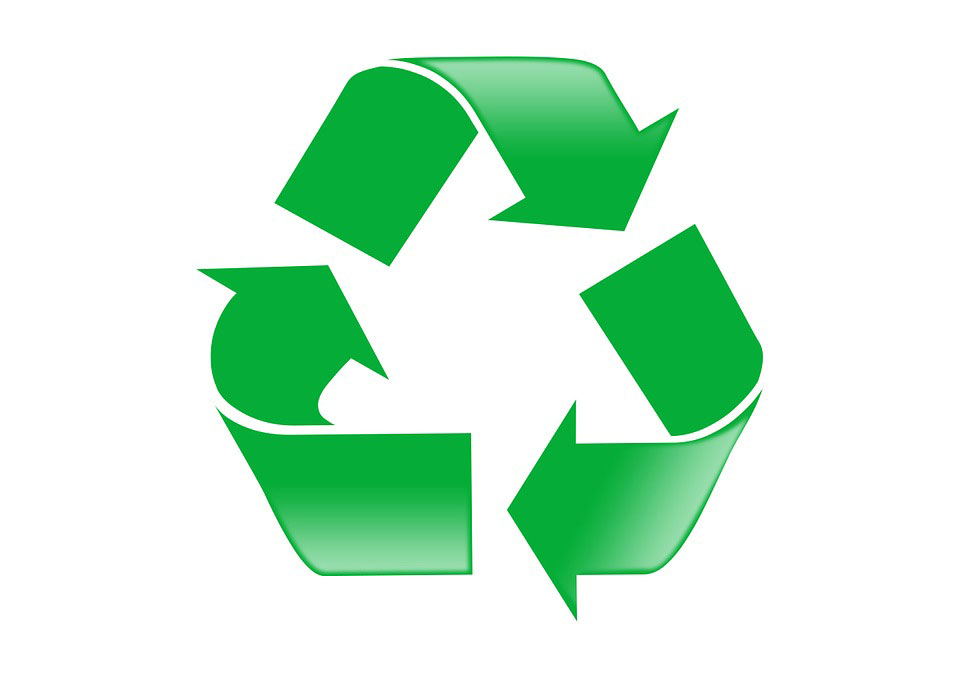
Recycling is a great way to reduce the inflow of waste to landfills. There are countless different items and materials that can be recycled, some of them obvious like cardboard and plastic, some of them not so obvious. One such obscure recyclable item is the common mattress. Mattresses end up in landfills more often than not, and they take up a lot of space. It’s believed that over 100,000 mattresses end up heading to landfills from the Greater Toronto Area every single year.
These bulky items pile up quickly and take up enormous amounts of space when sent to landfills.
Fortunately, modern recycling techniques allow for an almost complete recycling of all the different materials that make up a mattress. While mattress recycling in Toronto is technically viable and well established in some areas, many people still consider mattresses common garbage and would never consider looking into mattress recycling. There are many activists out there pushing to make mattress recycling better known to the general public, and to increase access to that service.
Read more: Can You Recycle Your Mattress in Toronto – Here’s How it Works
Why Does Canada’s Waste End up in Countries like the Philippines, China, and Elsewhere – read here!
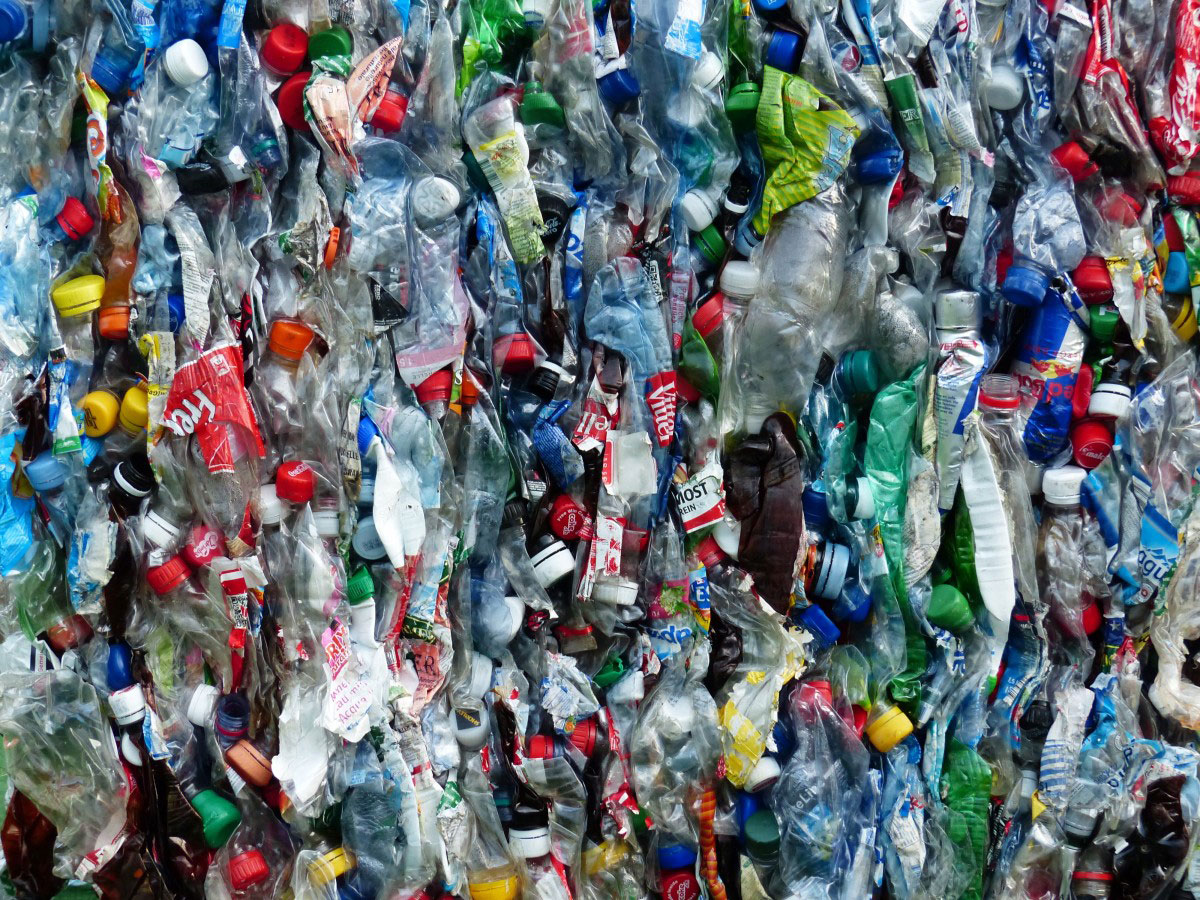
You wouldn’t think that Canada’s waste would end up in places like China, Malaysia, and the Philippines yet it does. Within the past year, China, the Philippines, and Malaysia have finally said no to our waste and have told us to stop sending our garbage to these countries. Why does Canada send its waste overseas? Are we polluting these developing countries with waste we refuse to take responsibility for? How is the plastic, glass, and paper we put into our recycling ending up in non-Canadian facilities? These are all questions worth getting an answer to.
The sad truth about waste and recycling in Toronto is that what you put into your recycling bin isn’t necessarily going to end up recycled. It very well could be recycled but depending the market, it may be tossed away with waste.
What are Best Practices for Managing Waste at Summer Festivals and Community Events – read here!

Every summer, Toronto’s filled with all sorts of festivals and fun community events. There are food events, film festivals, park concerts, parades, cultural celebrations, and so much more. When organizers don’t approach these occasions with a waste management plan, they can produce a disappointing amount of waste.
Thankfully, there are ways to bring a community event or summer festival closer to being green and clean. Focusing on material reduction and waste diversion, alongside connecting with a recycling service in Toronto, some events can even achieve zero waste. Organizers and attendees have a role to play to make it happen though.
How We Handle Asbestos Abatement in Demolition and Excavation
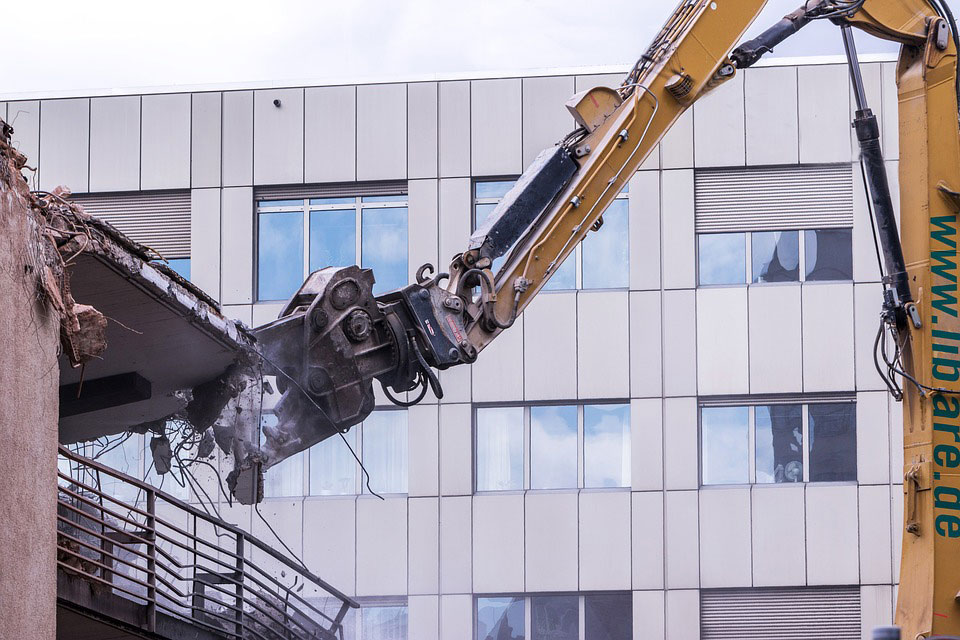
Asbestos refers to a group of naturally-occurring fibrous materials which are known to be strong and resistant to heat, electricity, and chemicals. In construction, asbestos is typically found in many types of homes and buildings. Asbestos can exist in pipe insulation, roofing felts, some drywall joint compounds, and fireproofing. Although asbestos isn’t really used today very much, it’s been used frequently in the past which makes it very common in older buildings. Thereby, asbestos abatement is a necessary step in any sort of Toronto demolition service.
Why so much care is taken with asbestos is because of how dangerous it is. As asbestos goes airborne, a person can inhale the particles. They then settle into the respiratory or digestive systems. Asbestos exposure like this has been associated with diseases and disorders including mesothelioma, lung cancer, gastrointestinal cancer, and others. Sadly, symptoms may only become apparent decades after one was first exposed to asbestos. For this reason, any contractors or employees are not allowed to be exposed to airborne concentrations of asbestos greater than .01 f/cc as an 8-hour time weighted average (TAW).
Read more: How We Handle Asbestos Abatement in Demolition and Excavation
See the Truth behind Plastics Waste Management and Recycling in Canada

Plastic recycling is on the simplest forms of recycling for the typical Canadian to take part in. It is very imposing or time-consuming for a person to throw an obviously plastic piece of refuse into a designated plastic bin instead of the general garbage can. This is the part that concerns the consumer but there is much more to plastic recycling than that. The plastic isn’t simply transformed into new plastic item. There is a complex and many-stepped process that plastic undergoes in order to be recycled. Most don’t really understand the process and would be surprised by it.
Recycling is often thought of as a wholly positive process. This isn’t always the case. There are many aspects of recycling that don’t live up to the idealized version that many have in their heads. Worldwide, only 10 percent of plastic ends up being recycled. Those that think recycling validates the excessive plastic use of today likely weren’t aware of that fact. The remainder ends up either in a landfill, the best-case scenario, or strewn about the outdoors, the worst case. Up to 30 percent of the plastic that gets out of the disposal system isn’t accounted for, nobody knows where it is.
Read more: See the Truth behind Plastics Waste Management and Recycling in Canada
How we Maintain Safety with our Demolition and Excavation Services in Toronto
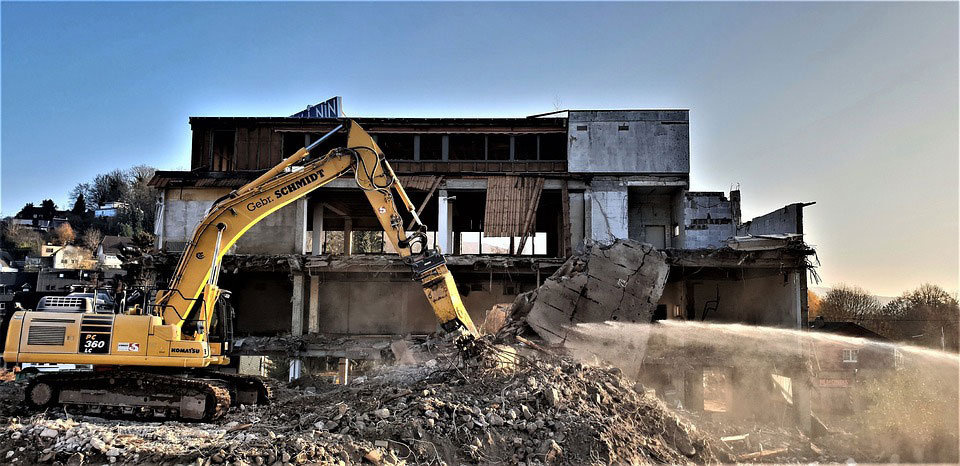
Workplace injury is a major concern in the demolition and excavation industry. Major collapses and accidents can lead to serious injury and even death. There are many different causes that might not seem significant but can culminate in an unforeseen accident. Safety regulations and procedures have done a lot to advance site safety in recent years. The most crucial element of these procedures is that they must always be followed. The improper implementation and carrying out of proper safety procedures is one of the many major causes of workplace injuries and death.
The most potentially hazardous area of an excavation or demolition site is in a trench. Trenches are dug for many jobs and projects. They are very common in the repair of water pipes and other utilities that are buried beneath roadways. The limited access inherent with any trench is part of what makes them so hazardous. The procedures have to be followed carefully in order to maintain safety when dealing with workers in trenches. A worker can become buried or crushed under debris in less than a second. When this happens its often the case that there isn’t time for a rescue.
Read more: How we Maintain Safety with our Demolition and Excavation Services in Toronto
As a Top Toronto Top Soil Delivery Service, Here are Tips on How to Help Grow your Lawn
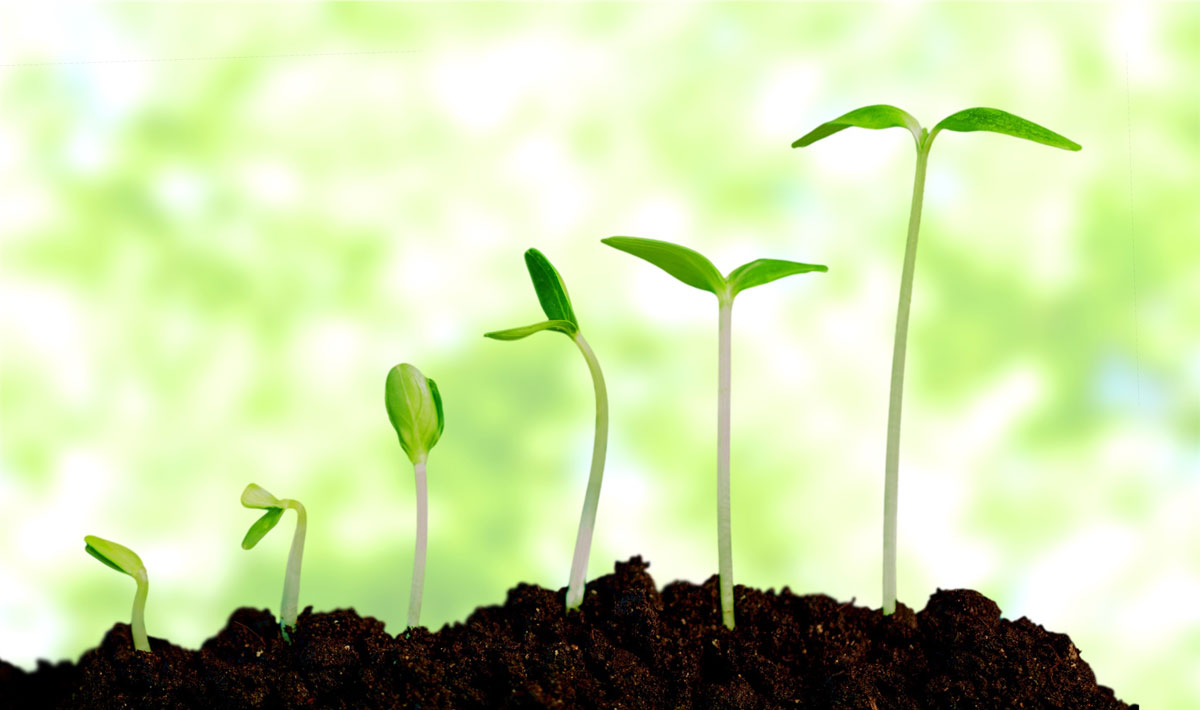
Springtime is go-time when it comes to lawn maintenance. Grass is an extremely resilient plant, that’s why it’s used for lawns. Most lawns will get on well enough without any additional spring maintenance. None the less, there are some simple steps you can take to make sure your lawn is looking its best. Time is a factor here, summer lawns rely on spring upkeep.
Raking
Raking is the first step to take after the spring thaw. Leaves left over from the previous fall are joined by patches of dead or dying grass shoots that will choke out new growth. Removing this dead matter will help prevent disease and insects from taking root in your lawn. It will also leave plenty of room for the lawn to thicken and grow healthy.
Read more: As a Top Toronto Top Soil Delivery Service, Here are Tips on How to Help Grow your Lawn
Why is Single Stream Recycling Such a Problem for Toronto – Here’s Our Take
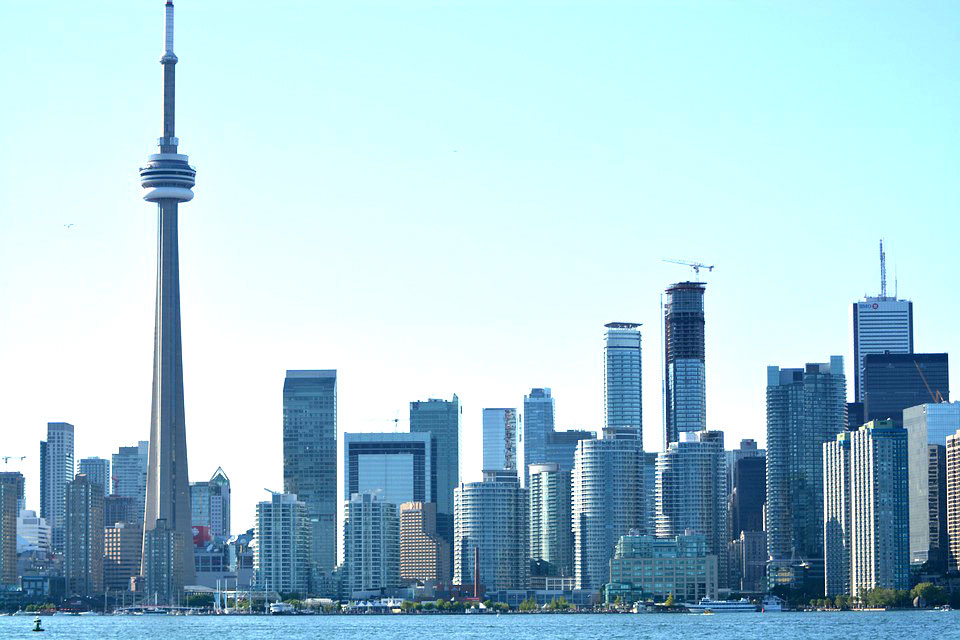
Single stream recycling is a system wherein all paper fibers and containers, and all recyclables together are picked up and then sorted into separate commodities at a later date. Usually, someone at a recycling facility will divide up what is newspaper, what’s cardboard, plastic, glass, and so on. This produces a commingled mix of recyclables which is argued to be easier for the consumer, although it creates increased costs at a recycling facility to have to sort everything out.
Single stream recycling is supported by some who argue that it is easy and convenient, ensures recycling is being handled by waste professionals, and that it increases waste diversion. While these are all true to a degree, there’s a reason why single stream recycling in Toronto continues to lose support. Although it is easy and convenient, yes unquestionably, it produces what’s essentially a second collection of garbage. The waste professionals who have to sort through recycling oftentimes are faced with cross-contamination issues. Also, the way in which single stream can cross-contaminate, there are serious questions about how impactful this recycling system is on waste diversion.
Read more: Why is Single Stream Recycling Such a Problem for Toronto – Here’s Our Take
Composting is the Most Sustainable Recycling We Have and why this is Important to Remember
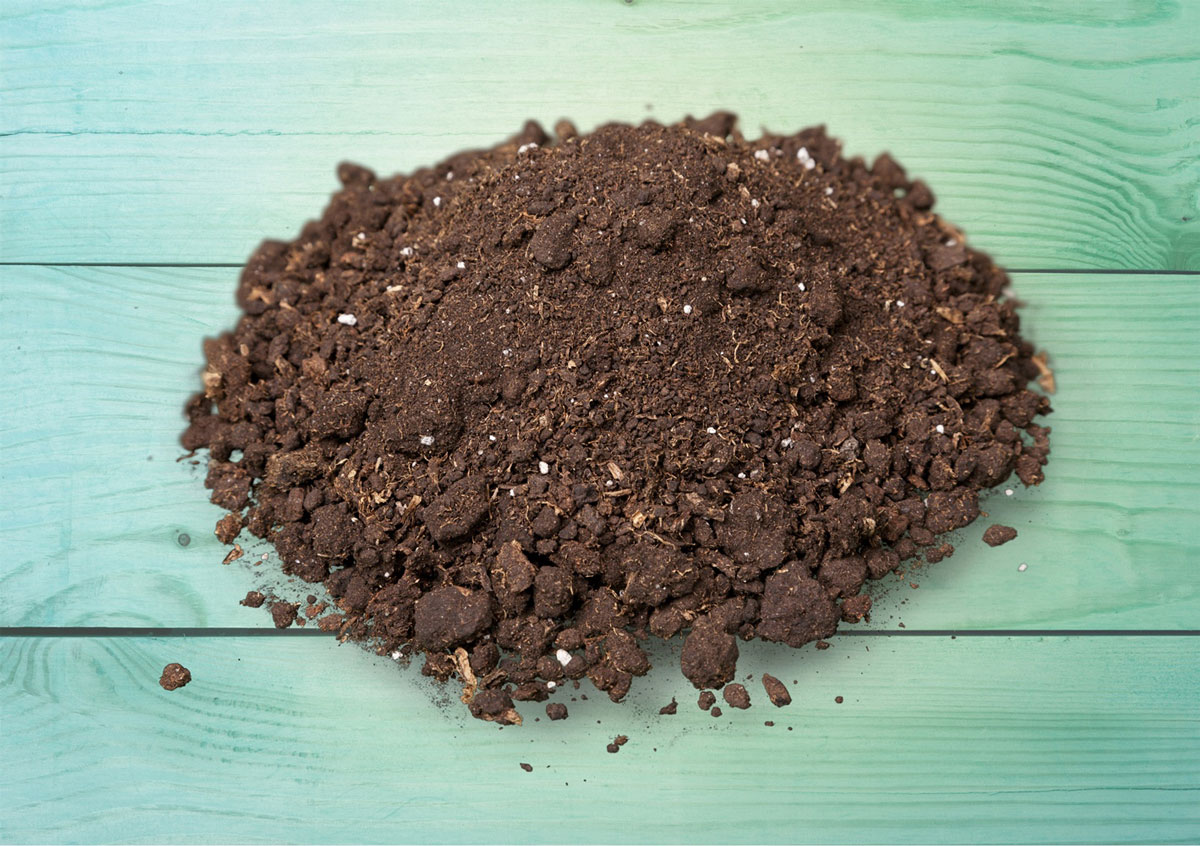
Composting is an underrated component to recycling, not spoken about enough. It is easily the most sustainable recycling method we have, taking all of our organic waste and converting it through the help of insects, bacteria, and fungi into soil additive. It’s local, low-cost, and is available to residents from Toronto to Timbuktu. This sort of composing is known as ‘closed loop’, which means that it’s 100% reuse of consumer waste which is turned into new product.
Toronto prides itself on being a forward-thinking city however we have not invested enough nor have we done a good job at acknowledging the benefits of composting. Across Ontario, soil health is only improved through compost which increases organic matter and nutrients in the Earth. Erosion decreases, moisture loss is minimized, and there’s less of a need to use chemicals and fertilizers.
Can Canada’s Recycling Industry withstand Another Decade of Struggling to Pay for Itself
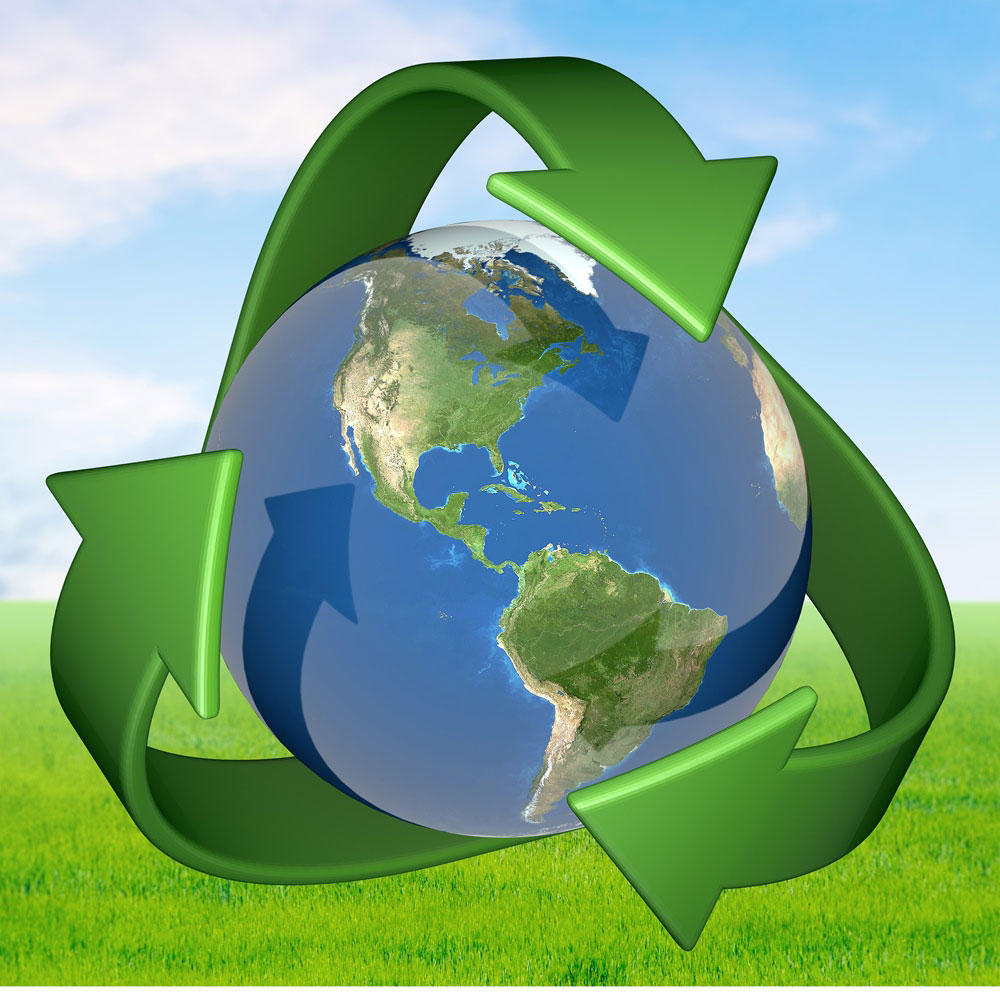
For as progressive as Canada is with its recycling commitments, the industry as a whole has a number of financial issues that could sink it entirely if the right sequence of events happen. The discussion around recycling in the last few years has been around who’s to pay for it.
Some argue it’s up to our provincial governments while others want to privatize the system. Municipalities are sometimes assigned the responsibility while in other cases, producers are responsible. The unfortunate truth about recycling is if it is not financially viable to recycling a product and produce something which can be sold from it, the recycling’s unlikely to happen. That’s why many ‘recyclables’ don’t end up recycled and in fact, have to be discarded to be sent towards our landfills.
Read more: Can Canada’s Recycling Industry withstand Another Decade of Struggling to Pay for Itself
What Can you Do with Yard Waste in Toronto – read here
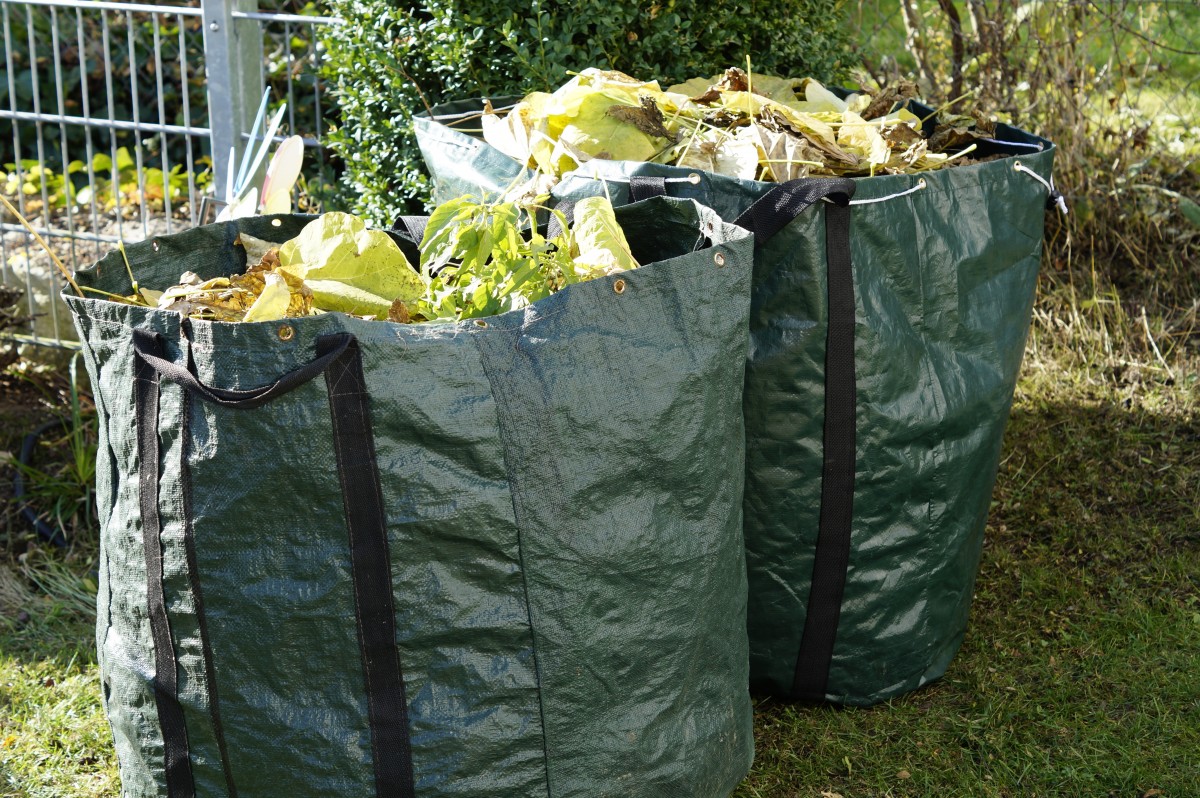
Yard waste is heavy, bulky, and can be difficult to get rid of. Fortunately, you have a few different options with Toronto yard waste.
The City of Toronto waste management and garbage collection services will pick up yard waste every other week on a property’s designated garbage collection day. This service is available between mid-March to mid-December. An exception is made in early January to pick up Christmas trees.
Assuming you choose to put your yard waste at the road, the City will collect it and then turn it into compost. This compose is then offered to the general public – for FREE – on Community Environment Days. Through the City-run program, it’s estimated more than 80,000 tonnes of yard waste is diverted from landfills annually.
Read more: What Can you Do with Yard Waste in Toronto – read here
Is Burning Waste a Smart Move in Canada to Generate Energy or a Health Concern
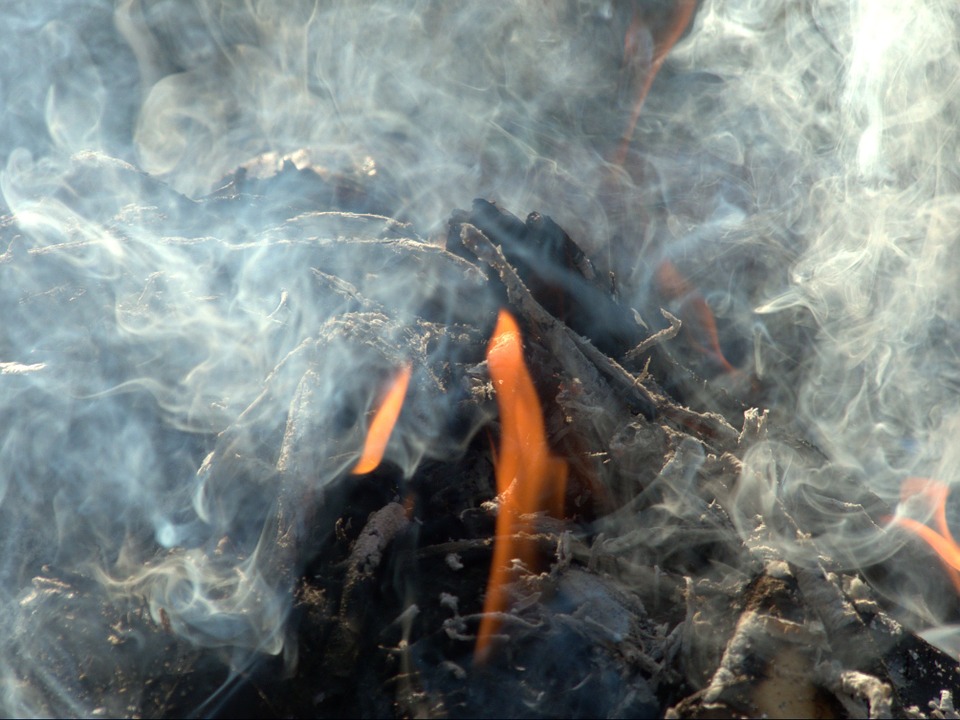
Burning waste isn’t a new idea. For as long as there has been garbage, people have burned it. For centuries this was achieved by simply heaping trash onto a bonfire. More recently, dedicated incinerators have streamlined this process. This was a step up from burning heaps, but still a far cry from an environmentally sound solution. Today, incinerators are generally looked down upon – their use only deemed proper for certain specific wastes that have no other viable disposal method. The burning of waste to produce energy is a new application that might reverse this trend.
This method is commonly referred to as bioenergy. It’s a common waste disposal method throughout Europe, much of Asia, and the United States. This technology has found use in some capacity for decades. The method is used on wastes that couldn’t be recycled or reused in any other way and would only serve to take up space in a landfill. High temperature burning of the waste allows useful energy to be extracted. Depending on the specific method used, this can produce fuels for energy production, or steam or gases that can drive electrical generation turbines.
Read more: Is Burning Waste a Smart Move in Canada to Generate Energy or a Health Concern
4 Key Challenges to Apartment and Condo Recycling in Toronto

Recycling is one of the fundamental components of Toronto’s waste management strategy. It’s environmentally and economically beneficial. Many residents of the city enthusiastically do their part for the recycling effort. In many cases, it’s much easier for homeowners to take part in recycling programs. Pickup is typically much better structured for houses than it is for apartments or condos. There are many other factors that stack up to make recycling practically impossible for some apartment dwellers. Here are some of the largest challenges to apartment recycling.
Service Providers
There are many waste disposal companies that shy away from providing recycling services for multi-unit buildings. Handling so many different sources in one pick up site is unique challenge that some companies aren’t set up to handle. It’s not unheard of for companies to offer dedicated recycling services for multi-unit buildings, only to throw all of the recyclables in with the trash. It’s difficult to coordinate the separation of trash from recyclables for apartments and condos. Unless every last occupant is on board the mix of recyclables and trash won’t be suitable for pickup.
Read more: 4 Key Challenges to Apartment and Condo Recycling in Toronto
Why Flushable Wipes aren’t Flushable and other Lies about Waste that are Plain Wrong

As it turns out, flushable wipes aren’t that flushable and make for a waste hazard. According to a recent study completed by Toronto’s own Ryerson University, they did not find a single flushable wipes brand which met the specifications for what is permitted to be flushed down the toilet. Just like hair clumps, floss, and tampons, flushable wires are no different. These ‘flushable’ standards are written by the International Water Services Flushability Group (IWSFG).
When items like flushable wipes are flushed down the toilet, they cause problems in wastewater systems. They can damage pumping equipment and clog sewers, resulting in increased cost and decreased efficiency. For Toronto waste management systems, this is not what we want. In the aforementioned Ryerson University study, they found ‘flushable wipes’ remained intact after 30 minutes submerged in water which suggests they are a clog risk. Although products like these are flushable in the sense that they can traverse down the toilet, they’re still a clog risk further down the line because they are not capable of breaking down.
Read more: Why Flushable Wipes aren’t Flushable and other Lies about Waste that are Plain Wrong
Spring is the Time to Recycle Electronics like TVs, Computers, Printers, Phones, and Cameras
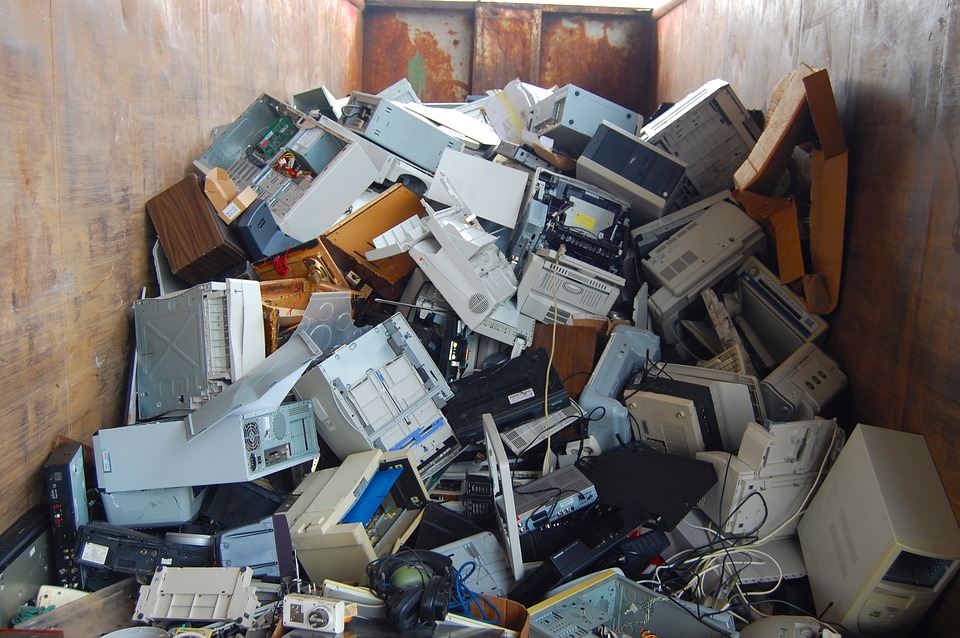
Electronics are not the sort of thing you can just drop off at the side of the road and expect to have handled by garbage pick-up.
Unlike other types of waste, electronic waste requires careful handling. Electronics contain dangerous chemicals that, if let out into our landfills and into the environment, can cause significant damage to the natural world as well as human beings. To properly dispose of electronics in Toronto, you can either call an electronics-friendly waste management company or drop off your electronics at a depot.
Did You Know Demolition Contractors are a Part of a First Response Team for Natural Disasters
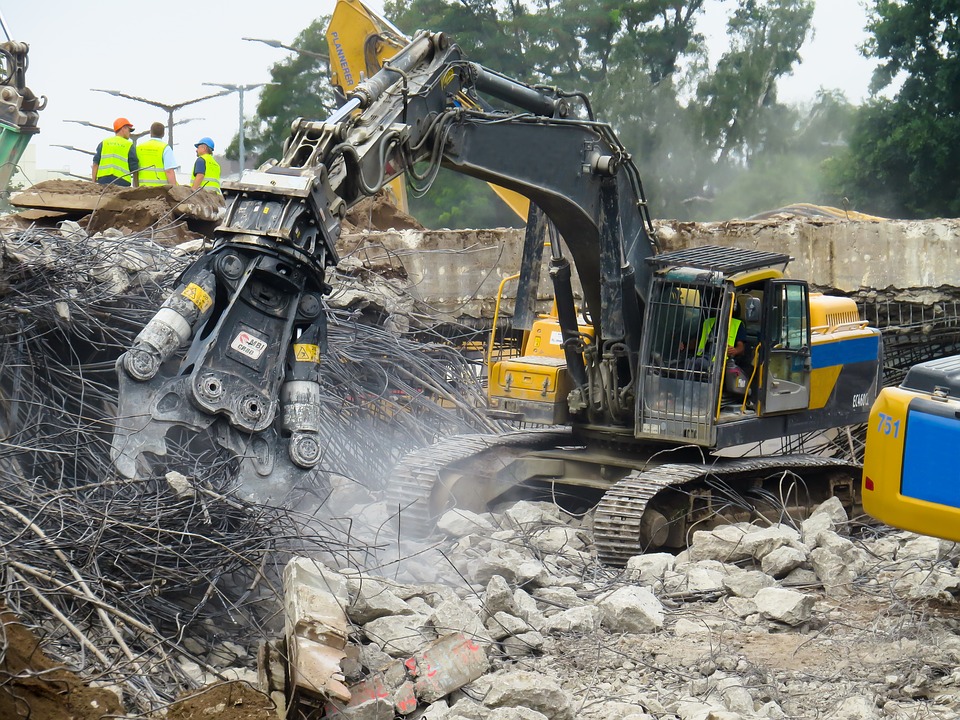
Demolition companies in Toronto are so closely associated with construction and building, in tearing down older buildings and clearing sites, that we oftentimes forget they’re required and asked for in disaster response. Cities and municipalities have disaster response teams prepped, and in those included are demolition experts and contractors ready to go. Here’s why.
In an emergency disaster response, it’s high priority to secure or manage debris. Demolition companies are relied on to manage debris in an effort to protect human health, reduce injuries, and minimize the environmental impact of a natural disaster. Advanced planning between private sector actors and government officials are required to coordinate these efforts, and proper waste management practices also have to be enacted in this process.
What do we do with Construction Demolition Waste in Canada
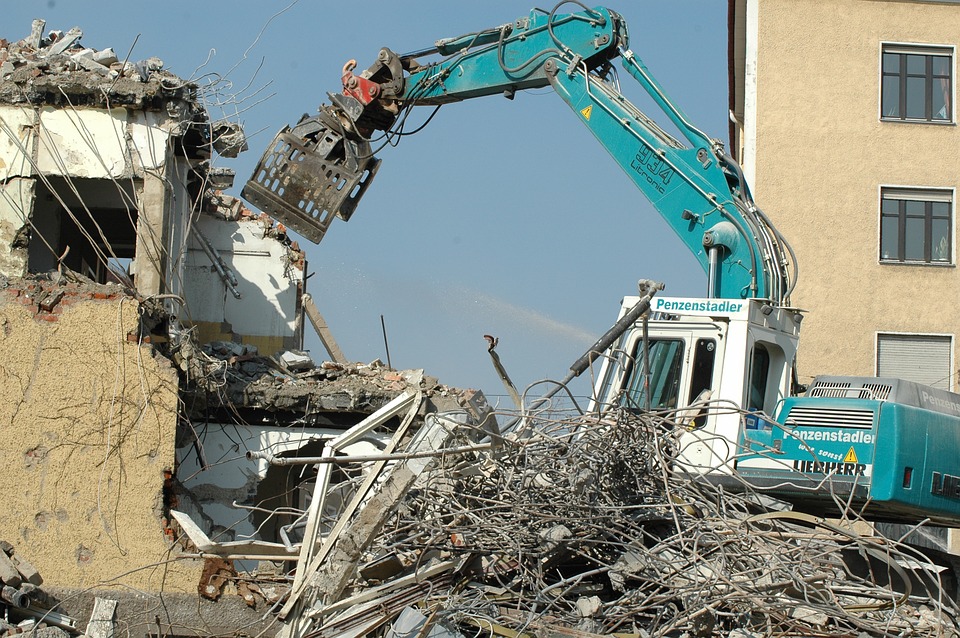
Demolition waste is one of the largest contributors to solid waste in Canadian landfills. In fact, it makes up 27 percent of municipal solid waste. In many cases, this waste isn’t necessarily garbage. Up to seventy-five percent of demolition waste has some residual value. This means that there is the potential for this waste to end up somewhere other than a landfill. As construction and demolition waste volume continues to increase, it is increasingly important to take advantage of any alternative disposal methods available. This has many economic and ecological benefits.
Read more: What do we do with Construction Demolition Waste in Canada
How Likely is it that the City of Toronto will ever reach Zero Waste – we say, very likely!
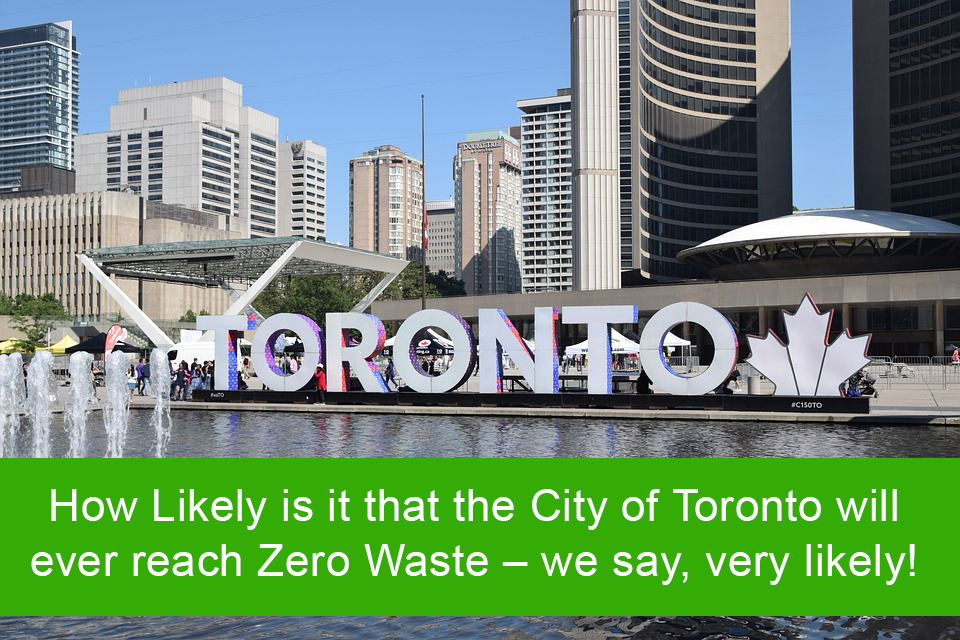
To many people the idea of a zero-waste city likely sounds like something out of a science fiction novel. Even with the countless advances of modern society, countless tons of waste end up in landfills every year. These landfills are rapidly filling up. This will surely pose some major problems for future generations. The move towards living in a way that doesn’t produce waste is becoming more and more of a necessity. Through the implementation of more carefully planned recycling, reduction, and reuse programs, this dream might someday be a reality for Toronto.
Are you Choosing the right Dumpster Rental Company for your Spring Renovation – read here!
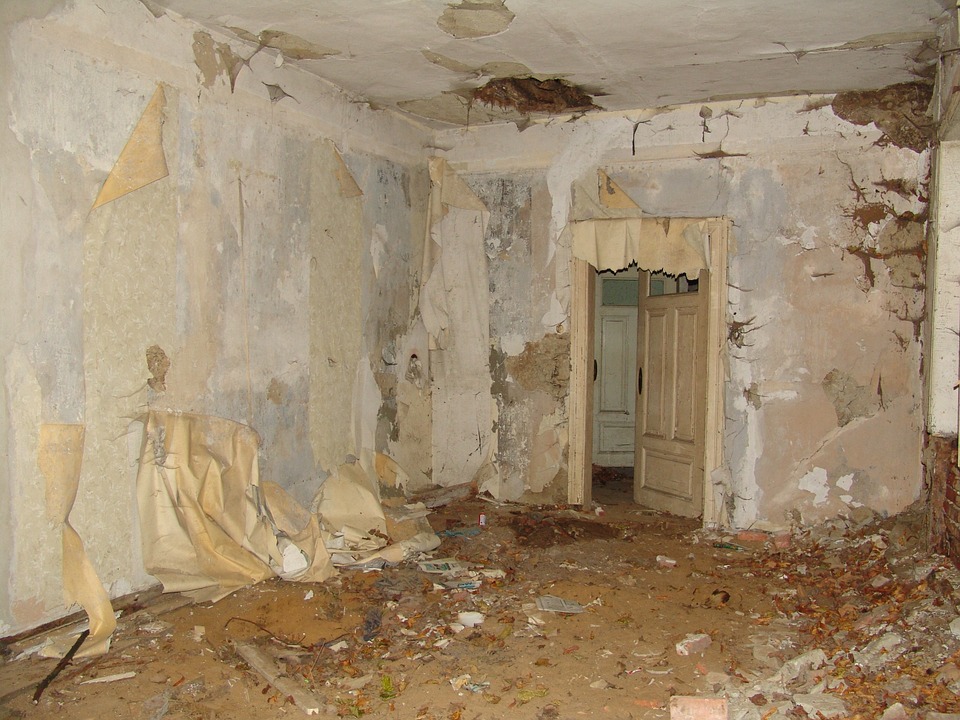
Many people probably aren’t putting sufficient thought into what dumpster rental company to use. It might seem like there aren’t many things to consider when renting a big metal box from somebody. It’s important to have all the information needed to make an informed decision. There are many subtleties to dumpster rentals that aren’t all quite so obvious. The following factors should always be considered before deciding which dumpster rental company is the best fit for the job.
What is the Average Excavation Cost in Toronto in 2019
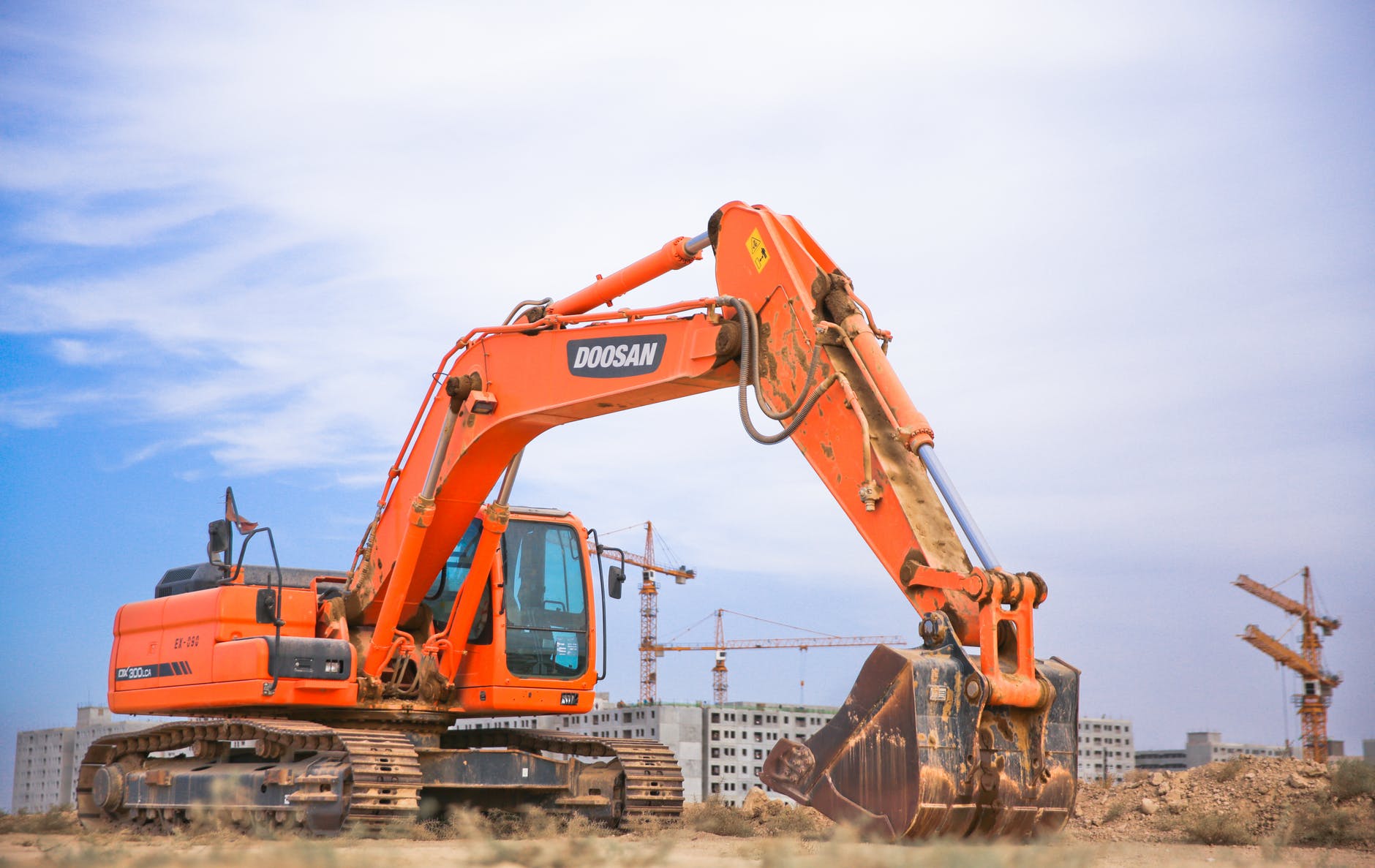
In Canada, the average residential excavation cost is an average of $4,100. Although many companies charge up to $200/hour, residential projects typically receive ‘project bids’ which reflect the cubic yards of dirt moved rather than an hourly rate. For these project bids, consider an excavation cost of up to $270 per cubic yard.
Excavation is all about preparing a site for development. In the average residential setting, an excavation must start with removing trees, digging, and then, grading the land. This is in preparation for laying down a foundation. Anything to do with dirt removal, cutting and filling, land clearing, or digging – it’s all done in the excavation process.
Read more: What is the Average Excavation Cost in Toronto in 2019


